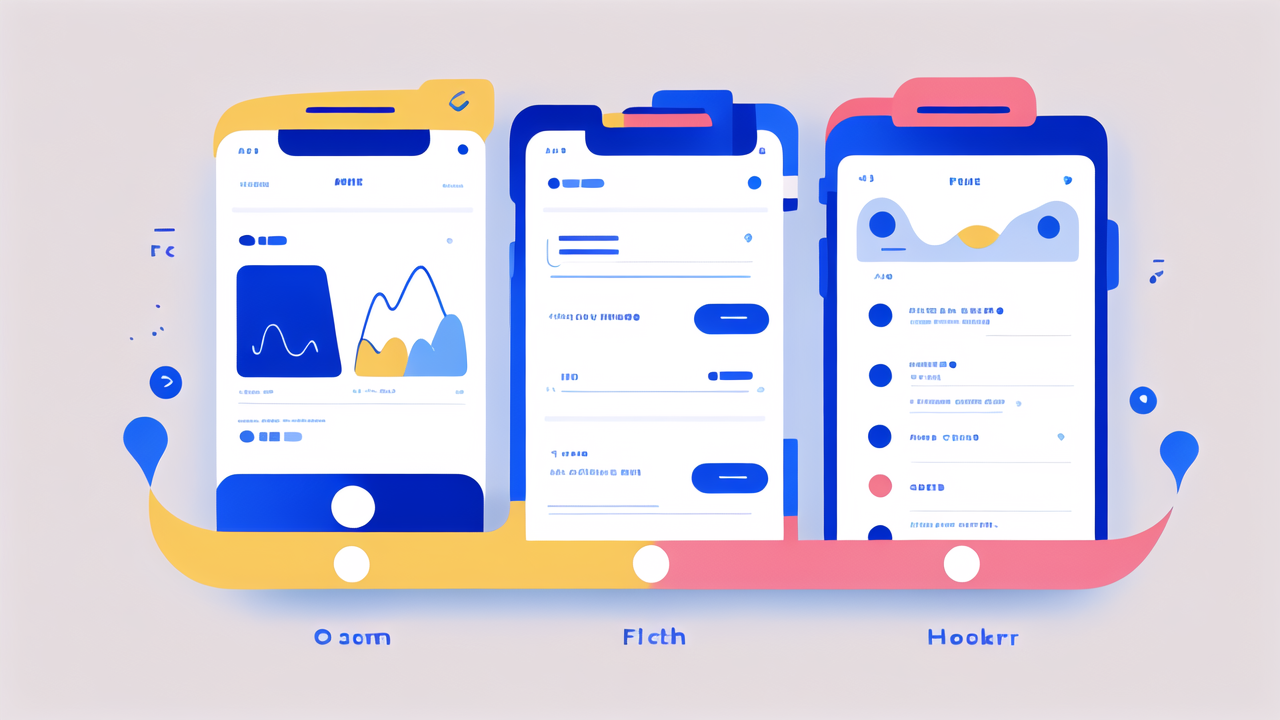The State of Wearable Technology in the United States
Overview of Wearable Tech Adoption Rates
Wearable tech has seen a surge in popularity in the United States. Smart watches and fitness trackers lead the pack. Many Americans now use these devices daily. The adoption rate has grown steadily over the past few years.

Factors driving this growth include:
- Improved battery life
- More accurate sensors
- Better integration with smartphones
- Increased health awareness
The pandemic also boosted interest in personal health monitoring. This led to more people buying wearables. The market is expected to keep growing in the coming years.
Regulatory Impact on Wearable Tech in the U.S.
The FDA plays a key role in regulating wearable tech. They focus on devices that make health claims. This impacts how companies market their products. Some wearables are now cleared as medical devices.
Key regulatory considerations include:
- Data accuracy and reliability
- Privacy and security of health information
- Claims about health benefits
- Integration with healthcare systems
These regulations aim to protect consumers. They also ensure that wearables provide reliable health data. This has led to more rigorous testing of new devices.
The Role of Consumer Privacy in Wearable Technology Trends
Privacy is a major concern for wearable tech users. These devices collect a lot of personal data. This includes heart rate, sleep patterns, and location. Users want to know their data is safe.
Companies are responding to these concerns in several ways:
- Implementing stronger encryption
- Giving users more control over their data
- Being more transparent about data collection and use
- Partnering with trusted healthcare providers
Privacy features are now a selling point for many wearables. Brands that prioritize privacy often gain consumer trust. This trend is likely to continue as wearables become more advanced.
Innovations in Wearable Technology: Health and Wellness
Cutting-Edge Health Monitoring Features
Wearable tech now offers advanced health monitoring. New sensors can track more than just steps and heart rate. Some of the latest features include:

- Continuous glucose monitoring
- Blood oxygen level tracking
- ECG recordings
- Stress level monitoring
- Body temperature sensing
These features provide users with more detailed health insights. They can help detect potential health issues early. Some wearables can even alert users to seek medical attention if needed.
Integrating Artificial Intelligence and Machine Learning
AI and ML are making wearables smarter. These technologies help devices learn from user data. This leads to more personalized insights and recommendations.
Some ways AI and ML are being used in wearables:
- Predicting health trends based on user data
- Detecting irregular heart rhythms
- Providing personalized workout recommendations
- Improving sleep analysis
- Enhancing natural language processing for voice commands
As these technologies advance, wearables will become even more helpful health tools. They may even assist in early disease detection in the future.
The Rise of Digital Wellness and Coaching
Wearables are becoming personal wellness coaches. They don't just track data; they provide actionable advice. This shift is making wearables more valuable to users.
Digital wellness features often include:
- Guided meditation sessions
- Personalized workout plans
- Nutrition tracking and advice
- Sleep improvement tips
- Stress management techniques
These features help users take charge of their health. They turn data into practical steps for better wellbeing. This trend is making wearables essential tools for holistic health management.
The Future of Wearable Tech: Trends and Predictions
The Potential of Virtual Reality in Wearable Technology
VR is set to play a big role in future wearables. It could transform how we interact with technology. VR wearables might offer immersive experiences beyond current devices.

Potential applications of VR in wearables include:
- Virtual fitness classes
- Augmented reality navigation
- Immersive health education
- Virtual doctor visits
- Enhanced social connections
These applications could make wearables more engaging and useful. They might also open up new ways to improve health and wellness. As VR tech improves, we can expect more innovative wearable solutions.
Interoperability and Data Integration in the Wearable Ecosystem
The future of wearables lies in better integration. Devices need to work together seamlessly. This will create a more complete picture of a user's health.
Key aspects of this trend include:
- Standardized data formats
- Open APIs for developers
- Cloud-based data storage and sharing
- Integration with electronic health records
- Compatibility across different brands and platforms
Better integration will make wearables more valuable. Users will get more insights from their combined data. This could lead to better health outcomes and more personalized care.
Sustainability: A Growing Focus in Wearable Tech Design
Sustainability is becoming a key concern in wearable tech. Consumers want eco-friendly options. Companies are responding with more sustainable designs.
Sustainable wearable tech trends include:
- Use of recycled materials
- Longer-lasting batteries
- Modular designs for easy repair
- Solar-powered charging options
- Programs for recycling old devices
These efforts aim to reduce e-waste and environmental impact. They also appeal to eco-conscious consumers. As sustainability becomes more important, we can expect more green innovations in wearables.




Leave a comment
This site is protected by hCaptcha and the hCaptcha Privacy Policy and Terms of Service apply.